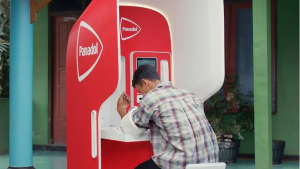
The drawback of solar energy is that power can only be produced when the Sun is out. To make the system more sustainable, researchers in Switzerland and the United States have designed a concept called “hydricity”. Not only does the system generate electricity with solar energy but it also produces and stores hydrogen from superheated water for round-the-clock power production.
“The concept provides an exciting opportunity to envision and create a sustainable economy to meet all the human needs including food, chemicals, transportation, heating and electricity,” says Rakesh Agrawal, Purdue University's Professor in the School of Chemical Engineering.
Hydrogen can be combined with carbon from agricultural biomass to produce fuel, fertilizer and other products.
"If you can borrow carbon from sustainably available biomass you can produce anything: electricity, chemicals, heating, food and fuel," Agrawal adds.
Hydricity superheats the water using solar concentrators to focus sunlight. This triggers a series of electricity-generating steam turbines and reactors for splitting water into hydrogen and oxygen. The hydrogen can be stored overnight and it doesn't discharge when stored or degrade with repeated use.
"In the round-the-clock process we produce hydrogen and electricity during daylight, store hydrogen and oxygen, and then when solar energy is not available we use hydrogen to produce electricity using a turbine-based hydrogen-power cycle," says Professor Mohit Tawarmalani.
"Because we could operate around the clock, the steam turbines run continuously and shutdowns and restarts are not required. Furthermore, our combined process is more efficient than the standalone process that produces electricity and the one that produces and stores hydrogen."
The scientists have not yet started real-world experiments with the process.
Image Source: Flickr




